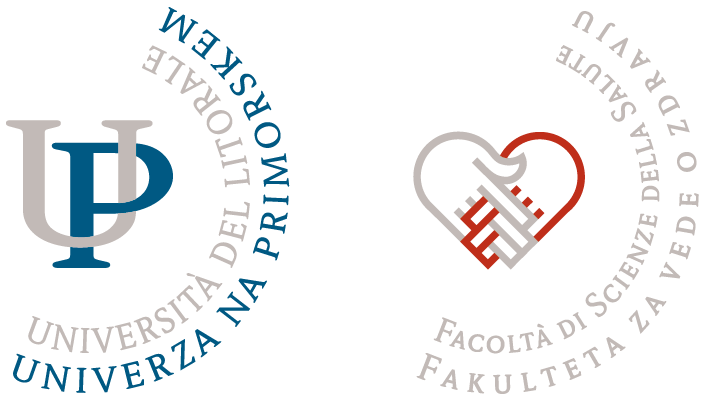Content
- Lectures: 15 hours
- Exercises 15 hours
- Independent work: 60 hours
Subject carrier
Description
Basics of strength and conditioning:
– Basic terms (training variables, methods, load, physical strain)
– The laws of the training process (anabolic and catabolic phase, homeostasis)
– Short overview of cyclization
– Short overview of motor abilities and methods for their development and maintainance
Sport Injuries:
– Chronic and acute sport injuries of the musculoskeletal system, with an emphasis on chronic overuse syndromes
o Muscle injuries (strains, ruptures)
o Tendon injuries (tendinopathies, tendititis, tendinosis, rupture)
o Ligament injuries (strain, rupture)
o Bone and joint injuries (fractures, stress fractures, cartilage damage, dislocations)
o The injuries of other structures (menisci)
– Other sport-related injuries and conditions
o Brain concussion
o Respiratory problems
o Athletic triad
– Most common injuries of individual structures
– Most common injuries in selected sports
Etiology and risk factors
– Mechanisms behind injury development (signle overload, repeated submaximal loads, long-term exposure to load)
– Internal risk factors
o Body structure and composition
o Level of motor abilities development
o Motor control
o Psychological characteristic of the sportsman
o Muscle asymmetries (strength or flexibility)
o Structural or functional asymmetries
– External risk factors:
o The volume, progressiveness and the specificity of the load
o Footwear and other equipment
o Training surfaces
o The nature of the sport (contact and non-contact sports, team sports and individual sports)
The elite athlete
– The level of motor abilities development and body systems in different types of sportsmen
– The level of load tolerance in elite athletes
– Reference values for motor abilities, physiological parameters and other test outcomes for elite athletes and comparison to general population
Sport injury prevention
– Screenings for prevention purposes
o Motor ability level tests
o Muscle asymmetry test (dynamometry, isokinetics)
o Range of motion tests (active and passive)
o Balance and postural control tests
o Specific test batteries (Functional Movement Screening)
– Training for injury prevention
o Resistance training as a mean to prevent injuries in sport (general strengthening, eliminating deficits and asymmetries, eccentric workouts to increase load capacity)
o Stretching as a mean to prevent injuries in sport (eliminating flexibility deficits and asymmetries)
o Balance and stability training (improving neuro-muscular control)
o Integration of the above-mentioned training content into the general conditioning
Late rehabilitation and return to the field:
– Modulation of training content and variables in late phases of rehabilitation
– Transfer into sport-specific movements and loads
– The role of resistance training in late rehabilitation
– The role of stretching exercise in late rehabilitation
– The role of balance and stability exercise late rehabilitation
– Modulation of training variables at the return to the field
– The role of screening test in late rehabilitation
The role of nutrition for elite athletes
– The preventive role of nutrition in sport
– Nutrition as a mean to ensure adequate recovery between training units and competitions
The usefulness of regeneration techniques in prevention and rehabilitation of elite athlete
– Cryotherapy, ultrasound, massage, active recovery, acupuncture, lymphatic drainage

